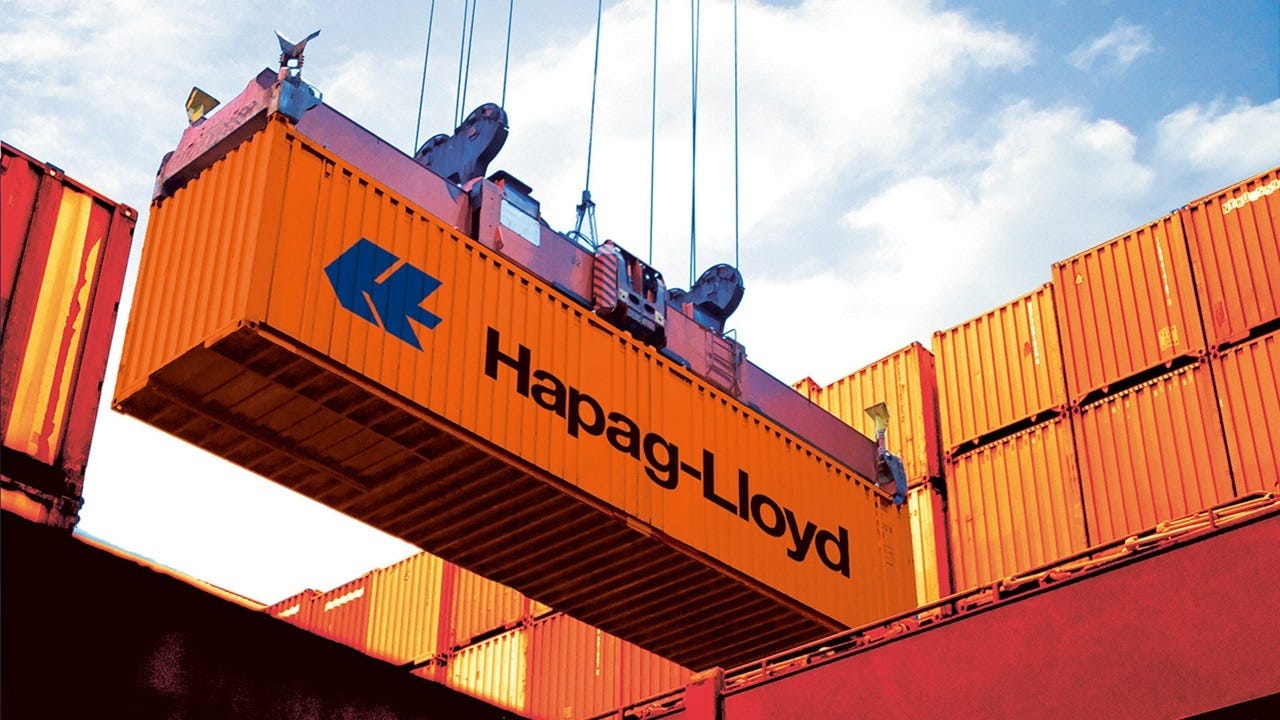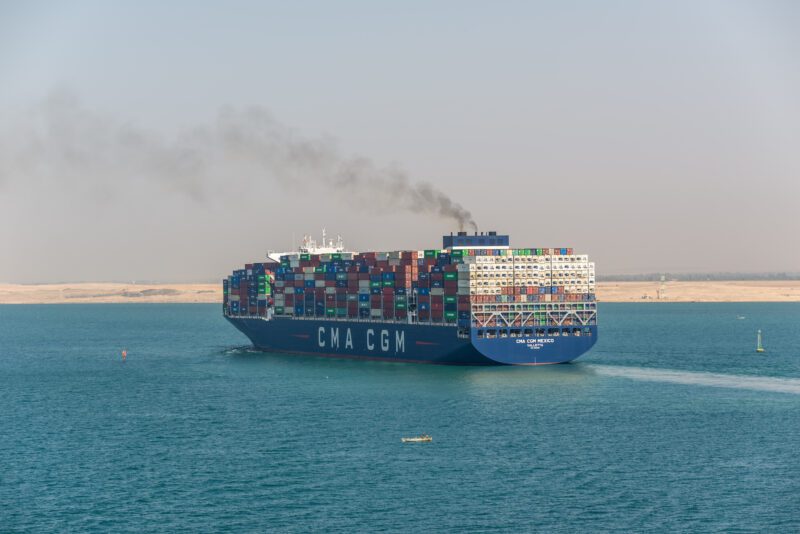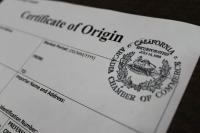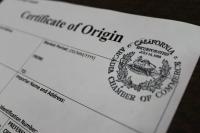RIGHTS, RISKS AND RESPONSIBILITIES UNDER NEGOTIABLE BILLS AND SEA WAYBILLS
Explore the sea waybill and its implications in global shipping. Understand rights, changes, and responsibilities involved.

My article on Ocean Waybills drew an interesting comment with 4 questions as follows..
1) Do the contractual rights with the carrier extend to the consignee as in the case of negotiable BLs?
2) Can the shipper change the consignee while the goods are on board?
3) Who has the insurable interest?
4) In the event of a general average situation to whom the carrier can fall back for recovery of its damages?
I love these types of thoughtful questions, because they reflect exactly the kind of deeper thinking we need if we are to move from simply issuing documents to genuinely understanding the risks in global shipping..
While I did provide a concise response to the comment, I thought these questions deserved a bit more elaboration, drawing on standard practice and key contract-law and marine-law principles..
Q1) Do the contractual rights with the carrier extend to the consignee as in the case of negotiable BLs?
Contractual rights transfer automatically under a negotiable bill of lading because it is a document of title..
When the bill is endorsed and passed on, the new holder steps into the shoes of the original shipper and acquires full rights of suit against the carrier, including the right to claim delivery and the right to sue for loss or damage..
This transfer happens by operation of law and is one of the defining features of a negotiable B/L..
With a sea waybill, the position is different and depends on the jurisdiction.. A sea waybill is not a document of title and does not transfer rights through endorsement, but some legal systems, such as the UK under the Carriage of Goods by Sea Act 1992 Section 2 (1)(b), expressly grant the named consignee rights of suit as if they were a party to the contract of carriage..
In countries without such statutory provisions, the consignee may only have the right to claim delivery, and any broader contractual rights will depend on the specific terms of the carrier’s waybill..
Q2) Can the shipper change the consignee while the goods are on board..??
Yes, the shipper can issue a change of consignee or redirect the delivery, provided the document, carrier, and destination country terms allow it, and provided the change is made in good time and the carrier consents.. However, it is subject to practical and contractual constraints..
In the case of a sea waybill or similar document, the standard terms and conditions of those who have specific sea waybill stationery explicitly state that the shipper may change the consignee up to the point of delivery, provided the carrier receives written notice and the shipper indemnifies the carrier for any additional cost..
A sea waybill of one of the leading container lines states below in its terms and conditions..
“3. Right of Control, Delivery of Goods
(1) The shipper shall be the only party entitled to give the Carrier instructions in relation to the contract of carriage.
He shall be entitled to change the name of the consignee at any time up to the consignee claiming delivery of the goods after their arrival at destination, provided he gives the Carrier unambiguous notice in writing, or by some other means acceptable to the Carrier, and thereby undertaking to indemnify the Carrier against any additional expense caused thereby.”
TT Club, which provides mutual insurance and related risk management services to the international transport and logistics industry, including specialist underwriting, claims management, and risk and loss management advice, notes:
“If the transport document concerned is a non-negotiable sea waybill, the shipper’s right to re-direct or to name another consignee is always exercisable before delivery of the shipment to the original consignee.”
That said, there are some practical and legal caveats:
- If a negotiable bill of lading has already been issued and/or endorsed to another party, changing the consignee may be more complex..
- If the vessel has already discharged cargo or the manifest has been finalised (customs or shipping authorities), the change may be too late or subject to customs/port constraints..
- The carrier may require indemnities or charge for administrative costs..
- The change must be communicated clearly and in good time to the carrier (and where applicable, the port agent)..
- Local law and contractual terms may restrict change of consignee, especially where the document is a “straight” bill of lading (i.e., named consignee only) or where there is a “no disposal” clause..
So the answer to the question is yes, but subject to the document type, timing, and carrier’s terms..
Q3) Who has the insurable interest..??
When considering the carriage of goods, any party that would suffer a financial loss if the cargo is lost or damaged has insurable interest..
This can include the shipper, the buyer, or consignee (depending on how ownership and risk are allocated in the sales contract), and parties with financial exposure such as banks or logistics providers..
Marine insurance principles require the assured to have an insurable interest when the insurance attaches, and insurers will always test whether the party claiming would genuinely bear a financial loss..
In practice, insurable interest simply follows the entity that carries the financial risk at each stage of the transaction, for example, a seller who retains ownership until payment keeps the insurable interest until that condition is met..
The essential test is straightforward: Would this party suffer a financial loss if the goods were lost or damaged..??
If yes, they have insurable interest, based on commercial relationships, ownership, and risk allocation, and financial exposure, not on the transport document alone..
Q4) In the event of a general average situation, to whom can the carrier fall back for recovery of its damages..??
When a general average (a well-established maritime principle) event occurs (i.e., a voluntary sacrifice or expenditure made for the common safety of the voyage), the carrier or its agent (often the adjuster) will call upon all parties who have contributed value in the maritime adventure (cargo owners, shipowner, etc.) to contribute to the loss..
In a negotiable bill of lading, the carrier will look to the holder of the original endorsed bill because it is a document of title..
With a sea waybill, which does not transfer title, the carrier cannot rely on document possession..
Instead, recovery is directed to any party defined as the “Merchant” in the sea waybill terms, including the shipper, consignee, receiver, holder of the sea waybill, and any party to whom shipment data was forwarded, because these parties are contractually responsible for providing GA security before delivery..
Final summary
• Contractual rights: A negotiable bill of lading transfers rights of suit to the endorsed holder because it is a document of title.. A sea waybill does not transfer rights by endorsement, so the consignee’s rights depend on the governing law and the waybill’s terms..
• Changing the consignee: Under a sea waybill, the shipper normally retains the right to change the consignee up to delivery, subject to notice and indemnity.. With a negotiable bill, changes may be limited once the bill has been endorsed..
• Insurable interest: Insurable interest belongs to any party that would suffer financial loss if the cargo is lost or damaged.. It follows the commercial relationship, title, and risk allocation, not the name on the transport document..
• General Average recovery: With a negotiable bill, GA contribution is claimed from the holder of the endorsed original.. With a sea waybill, recovery is from any party defined as the “Merchant”, such as the shipper, consignee, or receiver..
Hariesh Manaadiar









